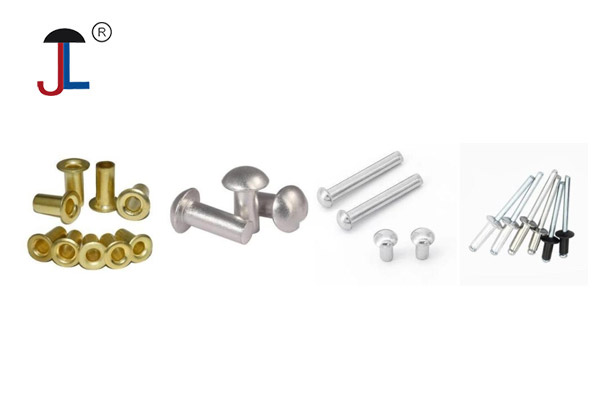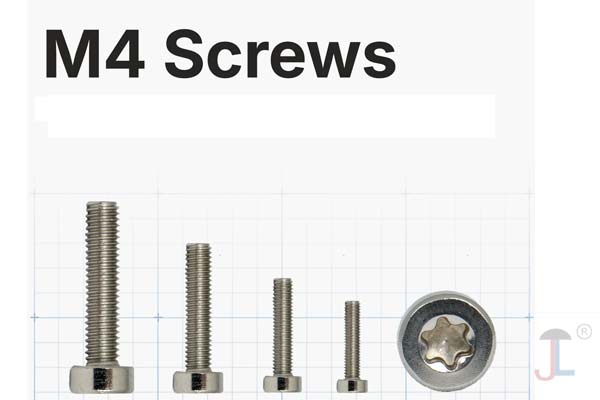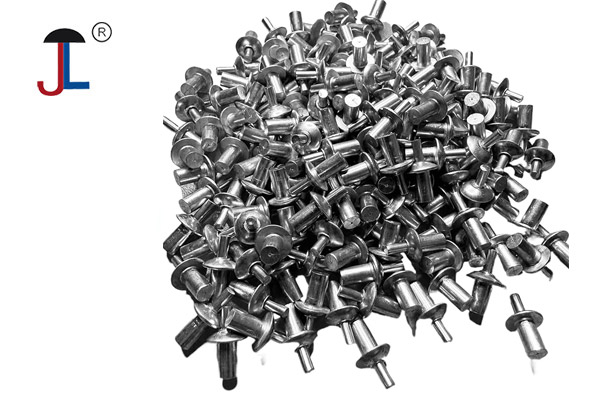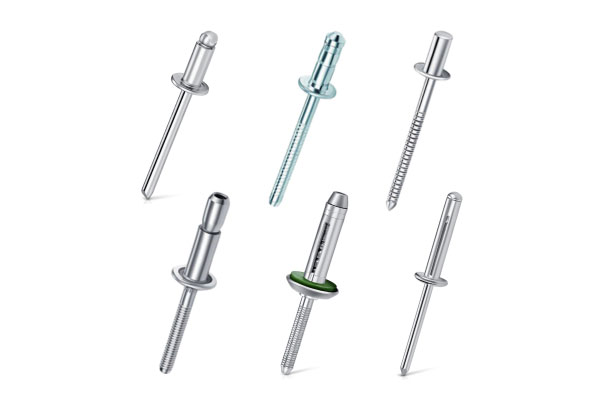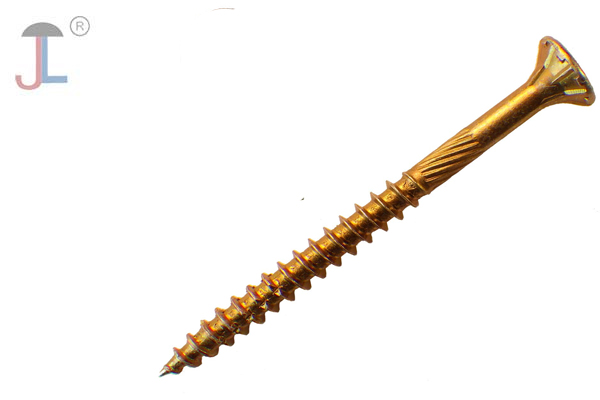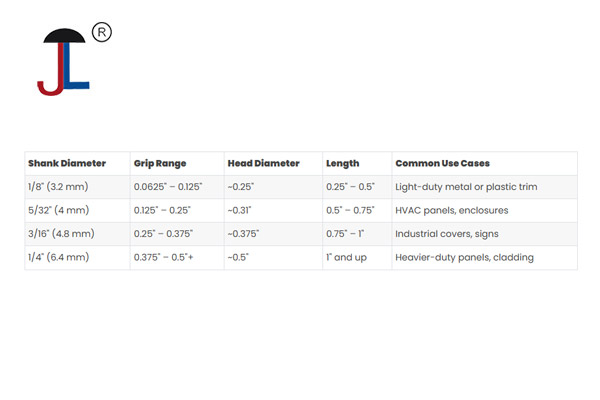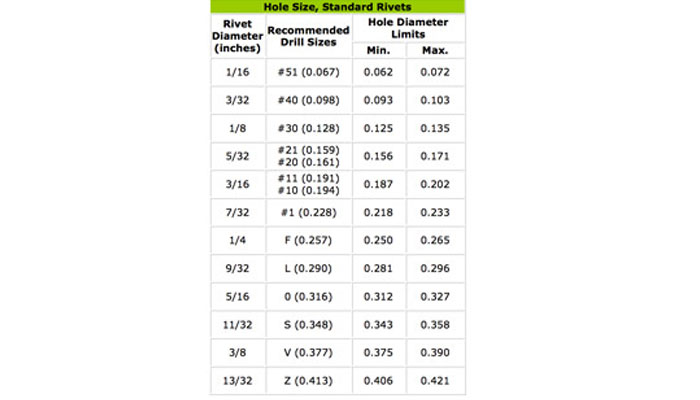Capped tubular rivets are a type of fastener used to join two or more materials, often in applications where a strong and durable hold is required, like in leathercraft or heavy-duty bags. They consist of two main parts: a single metal cap with a hollow post, and sometimes a second cap that creates a "double-cap" rivet with a finished look on both sides.
Here's how they generally work:
-
Preparation: A hole is pre-punched or drilled through the materials to be joined. The size of this hole is crucial; it needs to be slightly larger than the rivet's post diameter to allow it to pass through, but snug enough for a secure fit. The length of the rivet post is also important – it should extend a small amount (typically 1/8 inch or a few millimeters) beyond the thickness of the combined materials.
-
Insertion: The tubular rivet (the cap with the hollow post) is inserted through the pre-drilled hole from one side. If it's a double-cap rivet, the second, connecting cap is placed onto the protruding post on the other side.
-
Setting (Deformation): This is where the magic happens. A specialized tool, often called a "peening tool" or a "rivet setter," is used along with a hammer or a press.
-
Peening (for single-cap tubular rivets): When force is applied to the hollow end of the rivet's post with a peening tool, the metal of the post is deformed outwards. This deformation often creates a "flower" or "star" shape of metal spokes that flare out and dig into the material, creating a strong mechanical interlock. The back side of a set tubular rivet typically looks like a 6-petaled metal flower.
-
Crimping (for double-cap rivets): With double-cap rivets, the end of the post is designed to smash and expand into the second, connecting cap. The rivet setter typically has a concave end that helps maintain the rounded shape of the cap while the force is applied, creating a neat and finished appearance on both sides.
-
-
Secure Hold: The deformation of the rivet material creates a permanent and secure bond between the joined pieces. The expanded metal resists pulling apart, providing a robust fastening solution.
Key characteristics of capped tubular rivets:
- Strength: They are known for creating an extra-strength hold, making them suitable for heavy-duty applications.
- Appearance: Double-cap rivets offer a finished look on both sides, which is often preferred for aesthetic purposes in products like bags and accessories. Single-cap tubular rivets have a more utilitarian, "peened" look on the back.
- Installation: They require specific tools (peening tools, rivet setters, or industrial presses) for proper installation.
- Material: They are typically made from metals like steel, brass, or copper, sometimes with various finishes.
In essence, capped tubular rivets work by deforming their hollow post through applied force, creating an expanded end that mechanically locks the joined materials together.

